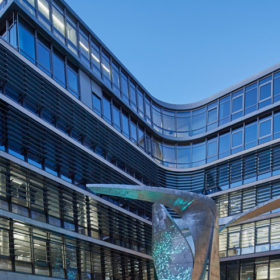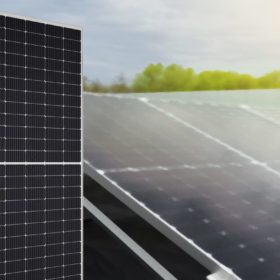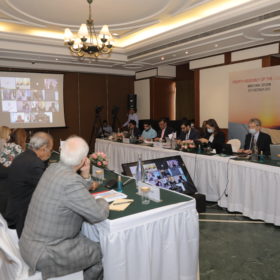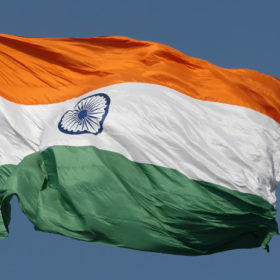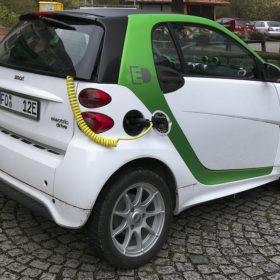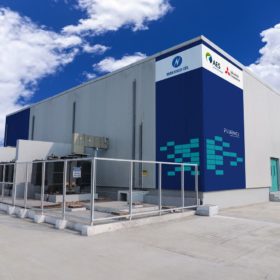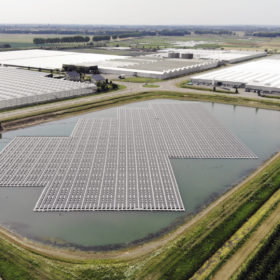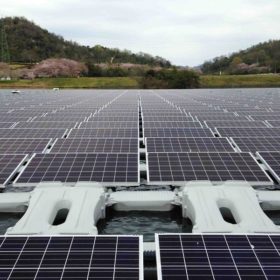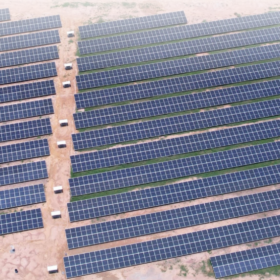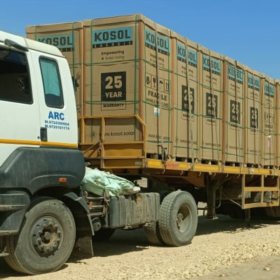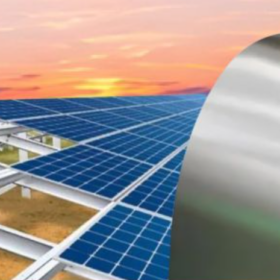Larsen & Toubro targets carbon neutrality by 2040
The Indian multinational EPC contractor will increase the share of renewable energy in the electricity mix across its campuses and project sites as part of efforts to reduce its carbon footprint.
Siemens raises 26% stake in solar plant for self-consumption
The captive solar plant in Mumbai is being developed by Cleantech through a special purpose vehicle called Sunsole Renewables. The solar electricity generated will power manufacturing operations at Siemens’ Kalwa factory in Maharashtra.
Most significant roadblocks to India’s solar energy goals
India needs to install an average of 25 GW solar capacity every year to reach its renewable energy target of ‘450 GW by 2030’ with over 60% (280 GW) from solar. The nation must build enough manufacturing capacity back home to be ready on the supply side to support the new installations.
International Solar Alliance launches programs on solar and battery waste management, green hydrogen
The International Solar Alliance (ISA), which aims to mobilize more than $1 trillion of solar power investment by 2030 in its member countries, expanded its scope of work by launching programs on solar panel and battery waste management and solar-powered hydrogen production in its fourth assembly held recently.
India offers lowest LCOE for rooftop PV, third-best generation potential
The levelized cost of solar electricity generation from a given rooftop area is the lowest in India (US$66/MWh) and China ($68/MWh), with the USA ($238/MWh) and UK ($251/MWh) representing some of the costliest countries, according to an international study based on data available as of 2018. The study also finds China (4.3 PWh/year), USA (4.2 PWh/year), and India (1.7 PWh/year) have the highest yearly potential of rooftop solar energy generation.
Enabling the transition to electric mobility
Parity in the total cost of ownership already exists for electric two-wheelers and three-wheelers (with subsidy) vis-à-vis their internal combustion engine counterparts. Policy impetus, coupled with the production-linked incentive (PLI) scheme for batteries and auto components (exclusively covering EVs), is likely to further reduce costs and accelerate the transition to electric vehicles (EVs). The transition will also open up the market for new-age companies and innovators across the value chain.
Grid-scale battery storage and green hydrogen market shaping up in India
India has seen substantial activity in the domestic battery storage and green hydrogen markets, from the entry of Reliance and Acme Solar in green hydrogen to gigawatt-scale battery storage tenders by NTPC and the Solar Energy Corporation of India (SECI). There are more private ventures in the offing, indicating the government’s policy push is in the right direction.
ReNew Power expects to commission 3 MW floating solar project before December
The floating solar plant, located at Meghadrigedda reservoir in Visakhapatnam, occupies 0.005 sq. km out of 5 sq.km of the reservoir area.
Consultant sought for 250 MW DC floating solar project in Telangana
State-owned coal miner The Singareni Collieries Company Limited has invited bids from project management consultants for its 250 MWp DC floating solar power plant in Telangana. The selection will be made through domestic competitive bidding followed by reverse auction.
Turbocharging rural entrepreneurship through distributed renewable energy
A robust distributed renewable energy ecosystem with a strong domestic industry will help provide good-quality, reliable electricity to rural households and enterprises and thus turbocharge green entrepreneurship—paving the way for a self-reliant India.


